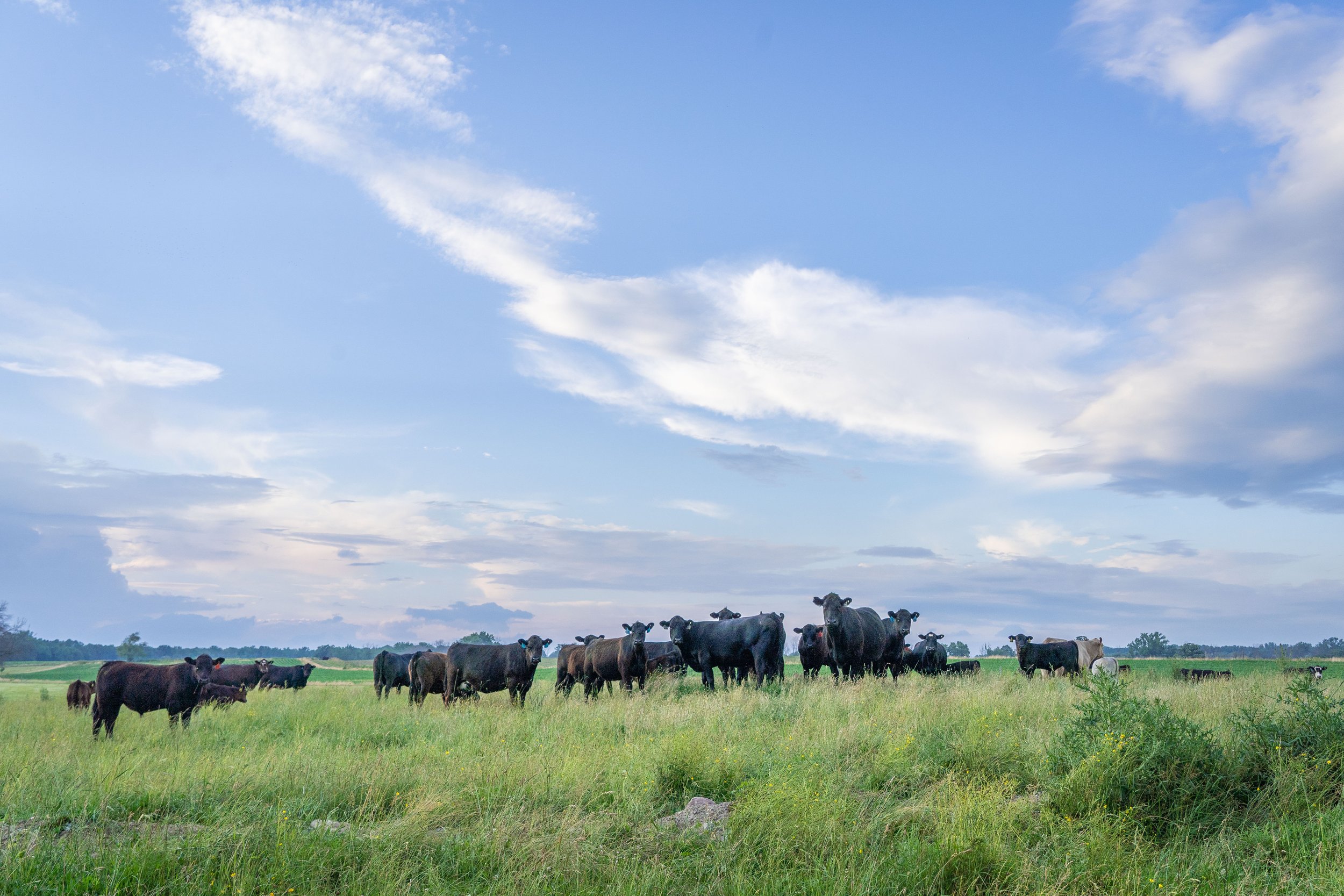Navigating Service Risks with Bagley Risk Management
Navigating Service Risks with Bagley Risk Management
Blog Article
Trick Variables to Think About When Choosing Animals Threat Defense (LRP) Insurance Policy
When assessing choices for Animals Risk Defense (LRP) insurance, a number of key aspects warrant mindful consideration to make certain effective danger monitoring in the agricultural industry. Picking the right insurance coverage options tailored to your details livestock operation is vital, as is recognizing how superior prices correlate with the level of security supplied.
Coverage Options
When considering Animals Threat Defense (LRP) insurance coverage, it is necessary to understand the various coverage alternatives readily available to alleviate dangers in the agricultural field. Animals Danger Defense (LRP) insurance policy uses different coverage options customized to satisfy the diverse needs of animals manufacturers.
One more vital insurance coverage choice is the endorsement duration, which identifies the length of time the insurance coverage holds. Producers can pick the endorsement duration that finest suits their manufacturing cycle and market conditions. In addition, protection degrees and rates vary based on the sort of livestock being guaranteed, providing producers the adaptability to personalize their insurance prepares according to their specific demands.
Understanding the various coverage alternatives available under Animals Risk Security (LRP) insurance is critical for producers to make enlightened choices that successfully protect their livestock procedures from market uncertainties.
Premium Prices

Livestock Threat Security (LRP) insurance policy supplies vital protection options tailored to reduce threats in the farming market, with a significant element to think about being the calculation and structure of premium costs. These consist of the type and number of livestock being guaranteed, the protection degree picked, the existing market costs, historical rate data, and the length of the insurance coverage period.
Premium prices for LRP insurance coverage are usually computed based on actuarial information and take the chance of assessment models. Insurance firms examine historic data on livestock rates and manufacturing expenses to establish a proper premium that shows the degree of risk entailed. It is necessary for livestock producers to carefully examine premium prices and protection alternatives to ensure they are appropriately secured versus potential monetary losses as a result of unfavorable market problems or unforeseen events. By comprehending just how superior expenses are computed and structured, producers can make educated choices when picking the right LRP insurance plan for their procedure.
Qualified Animals
The determination of qualified livestock for Animals Threat Security (LRP) insurance coverage involves mindful factor to consider of details requirements and qualities. Livestock kinds that are normally qualified for LRP insurance coverage include feeder livestock, fed lambs, cattle, and swine.
Feeder cattle, for instance, are typically qualified for LRP coverage if they fall within defined weight arrays. Lambs are one more group of animals that can be thought about for LRP insurance, with elements such as weight and age playing a critical role in identifying their qualification.
Prior to selecting LRP insurance for livestock, producers ought to very carefully assess the eligibility criteria described by the insurance policy provider to ensure their animals fulfill the necessary requirements for protection.
Policy Versatility
Policy adaptability in Livestock Danger Protection (LRP) insurance policy allows producers to customize protection to suit their details requirements and take the chance of administration approaches. This versatility encourages livestock manufacturers to tailor their insurance coverage plans based on factors such as the kind of animals they own, market problems, and individual threat resistance levels. By supplying customizable choices, LRP insurance allows manufacturers to successfully manage their threat exposure while securing their animals operations against unanticipated market volatility.
Claims Process
Upon experiencing a loss or damage, producers can start the cases process for their Livestock Danger Security (LRP) insurance policy by promptly contacting their insurance copyright. It is essential for manufacturers to report go right here the loss immediately to accelerate the cases procedure. When getting to out to the insurance service provider, producers will need to supply thorough details concerning the case, consisting of the day, nature click for more of the loss, and any kind of pertinent documents such as vet documents or market value.

After the assessment is total, the insurance policy company will make a choice regarding the insurance claim and connect the outcome to the producer. If the case is approved, the producer will certainly obtain compensation according to the terms of their Animals Risk Protection (LRP) insurance plan. Bagley Risk Management. It is vital for manufacturers to be knowledgeable about the claims process to guarantee a smooth experience in the event of a loss

Final Thought
In final thought, when choosing Livestock Risk Protection (LRP) insurance policy, it is necessary to take into consideration insurance coverage choices, premium expenses, eligible animals, plan adaptability, and the cases hop over to these guys process. These essential factors will certainly assist guarantee that farmers and ranchers are appropriately secured against possible dangers and losses related to their livestock operations. Making an educated decision based upon these factors to consider can ultimately bring about much better financial protection and peace of mind for livestock manufacturers.
Livestock Threat Security (LRP) insurance uses different insurance coverage options customized to meet the varied needs of animals producers.The resolution of qualified livestock for Livestock Risk Security (LRP) insurance protection involves careful factor to consider of certain criteria and features.Plan versatility in Livestock Threat Security (LRP) insurance enables manufacturers to tailor insurance coverage to suit their certain demands and run the risk of management approaches.Upon experiencing a loss or damage, producers can launch the claims process for their Animals Threat Protection (LRP) insurance coverage by without delay contacting their insurance coverage provider.In verdict, when selecting Livestock Danger Defense (LRP) insurance, it is important to think about insurance coverage options, premium costs, eligible livestock, plan adaptability, and the claims process.
Report this page